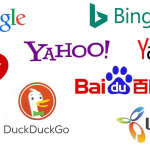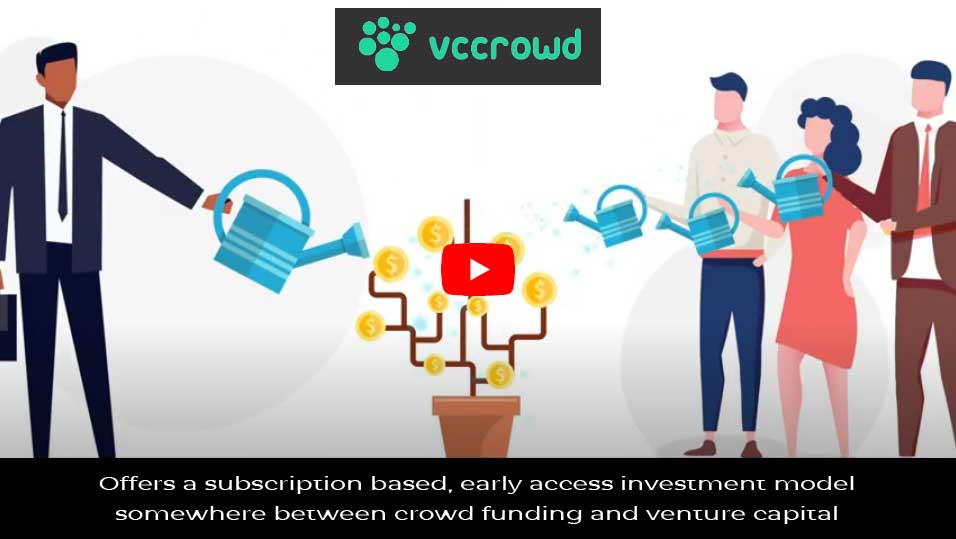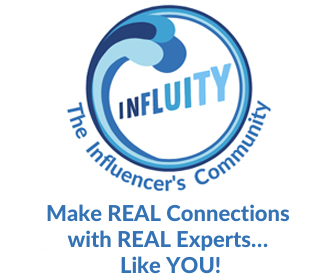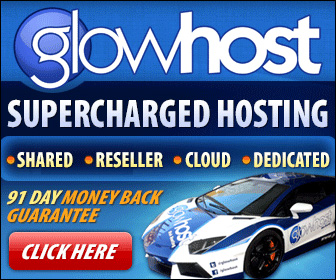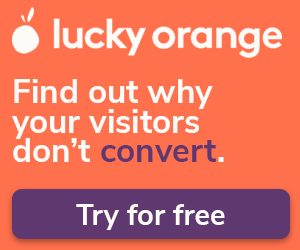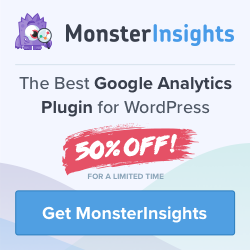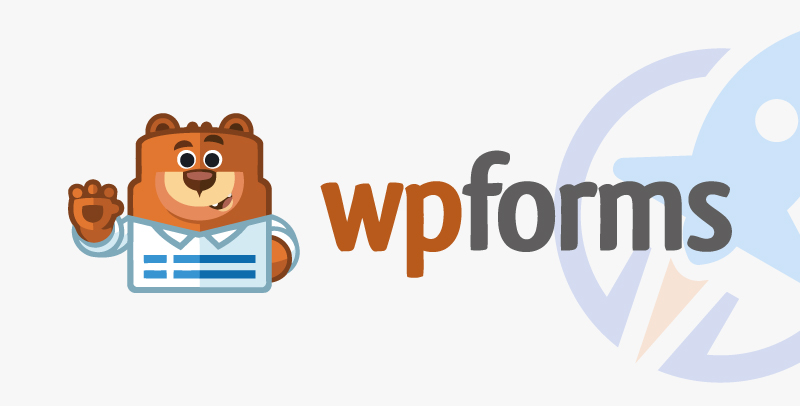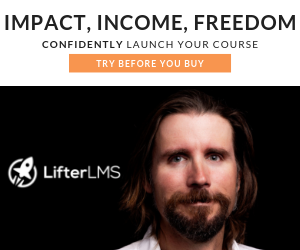Fostering Authentic Relationships With and Amongst Your Audience
Digital advocacy is critical to moving missions forward, creating systemic change, educating your base, and mobilizing leaders who are loyal to your organization and committed to the larger movement in which you operate. This is especially true during an election year.
That’s why we started this series—the building blocks of a digital advocacy campaign—so you can be successful in your digital advocacy efforts.
We began this series with Part 1: Telling an Impactful Story through The 5 Building Blocks of a Digital Advocacy Campaign
In this installment, we focus on how to foster authentic relationships with and amongst your audience—relationships that are critical to creating a human connection that fuels movements and drives change.
Let’s dive into how we can build these authentic relationships.
A Tried and True Rule: Know Your Audience
This one shouldn’t shock any savvy marketer, but it bears repeating: know your audience.
Engaging your audiences in ways that tell you more about who they are and what they care about pays off significantly. The valuable learnings you’ll gain will help update and inform your advocacy strategies.
This requires substantial market research and should include conversations with your audiences through surveys, interviews, or even focus groups.
A Closer Look at Knowing Your Audience
For the discovery phase of a California anti-bullying initiative that became the Right Our Story campaign, we spoke to key stakeholders, conducted a survey with 200+ youth across the state, and interviewed parents, educators, and youth themselves in focus groups and 1:1 conversations.
These conversations and subsequent analysis revealed that if our campaign could provide a compelling, clear, visionary narrative, then Gen Z would be ready to show up as themselves and for one another. Out of this and other insights, Right Our Story was born, a campaign that invites story-sharing and connection-building amongst youth who have not only experienced or witnessed bullying but have even participated in it.
Relationship-building starts with knowing your audience, as this informs both what you say and how you say it.
It’s important to cast a community identity (the story of us) and who your audience is distinctly (the story of self). Connect their personal story to the collective one at the moment (the story of now).
Read the full case study here.
Respect Your Audience
The number one way to maintain and grow a relationship with your audience is by respecting their time and commitment.
Too often, nonprofits lack respect for their audience, which, of course, leads to distrust and disconnection. They may do this in several ways:
- They give their audience advocacy actions that don’t really matter, like surface-level petitions without true meaning or purpose.
- They treat audiences like ATMs to shell out actions or money left and right without nurturing them or making them feel included.
- They speak to them as a monolith, ignoring the nuances that make up different segments across the life cycle.
Use advocacy campaigns sincerely and with an eye toward impact.
Advocacy campaigns should highlight just how important your supporters are to your organization and your movement. Don’t let yourself slip into blanket messaging–segment your advocacy campaigns. How you segment and think of your audiences and their motivations will affect your deliverability and power in communication.
Be mindful of your audiences’ inboxes
Don’t bombard your audiences constantly, and ring false alarms. Be thoughtful about the cadence of your advocacy efforts and when you use urgency as a narrative tactic.
Respect your audience
Educate your advocacy audience and provide value. Knowledge-equipped advocates are more powerful, and participating in your advocacy and policy campaigns is an excellent opportunity to build this up.
Create Community Across Channels
Use each marketing channel to create connections, not just to promote your advocacy actions. These channels are tools to foster relationships and mobilize your base.
You can do this on social media through storytelling in your photo content and short-form video content, like Reels. Tell impactful stories that illicit human emotion, connecting people to your cause and others who value the struggle your organization is in. Consider building up spokespeople to tell these stories.
Always, always, always speak like a human rather than a brand, and interact in the comments like one!
In emails, take the time to introduce the people you serve and their leadership in your movement. Try drafting emails from their point of view and hand over the metaphorical microphone. Develop trusted voices. You can even offer opportunities for your audience to connect with your movement through a letter-writing campaign or message-sharing.
We love to sow the seeds of community on paid and, more importantly, a community identity through lead generation sticker campaigns. The idea is to offer someone a sticker to show their support for your movement or organization in exchange for their email. It serves your needs but allows people to showcase that they identify with your movement online and offline.
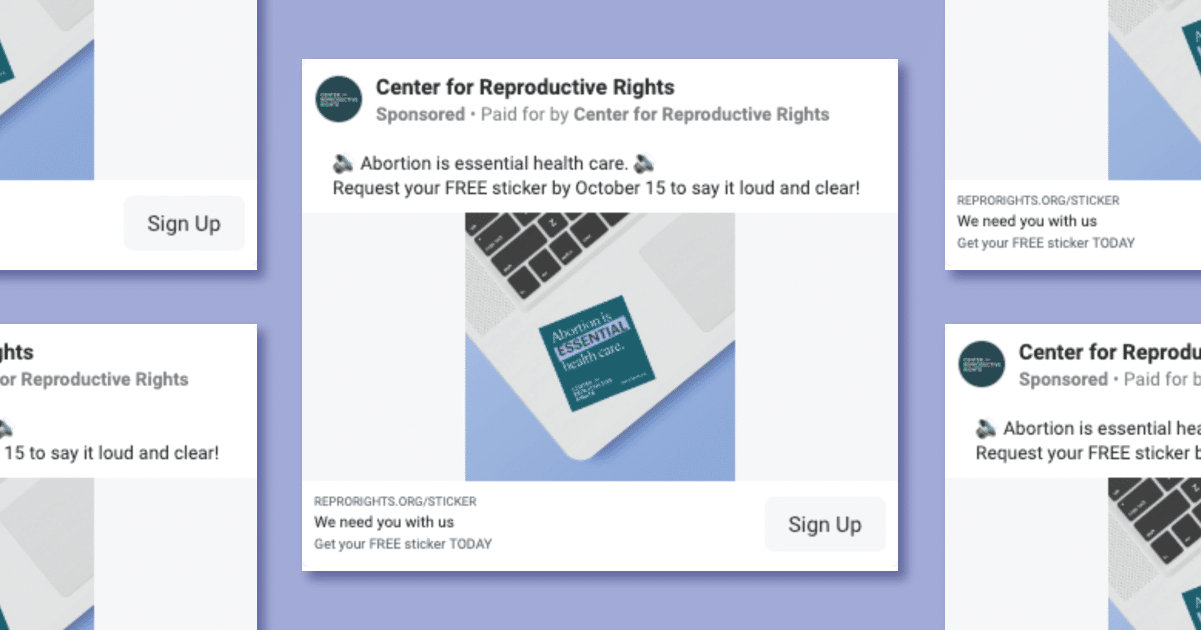
Give Your Audience Ways to Engage with Each Other
As marketers, we consider how to use different channels to connect with our audience, but how can we use these same channels to foster connection amongst our audience?
One obvious way many larger organizations, like Planned Parenthood and the ACLU, use is a digital membership program. These programs support advocacy and fundraising objectives, deepen engagement, and engage new voices through peer-to-peer.
By creating a membership program tailored to your audience with exclusive events, resources, and other value-adds, you can make it less about your organization and more about the power of your community, which is always more effective for your mission.
Consider creating an online hub for your community through Facebook groups, Slack channels, or even a virtual community through software like Mighty Networks or Circle. Here, you can foster deeper relationships and allow your supporters to talk with each other instead of your organization just talking at them.
A Closer Look at Online Communities
As we developed the strategy for Right Our Story, we knew we needed to create a digital space for young people to connect.
The digital space was part of our mandate and essential to a successful campaign aiming to center youth voices and organize a world without bullying. We also knew that youth ages 13-17 would be less active on email, a channel typically used for longer-tail campaigns.
We needed a space to convene, continue to activate young people, and connect them with one another. We turned to Mighty Networks Pro, community software that allows you to build such a space. Now, with 150+ young people who have experienced or witnessed bullying, our community is the heart of the campaign. We continue to use the platform to launch most of our activations and deepen engagement with the campaign, but more importantly, amongst the youth.
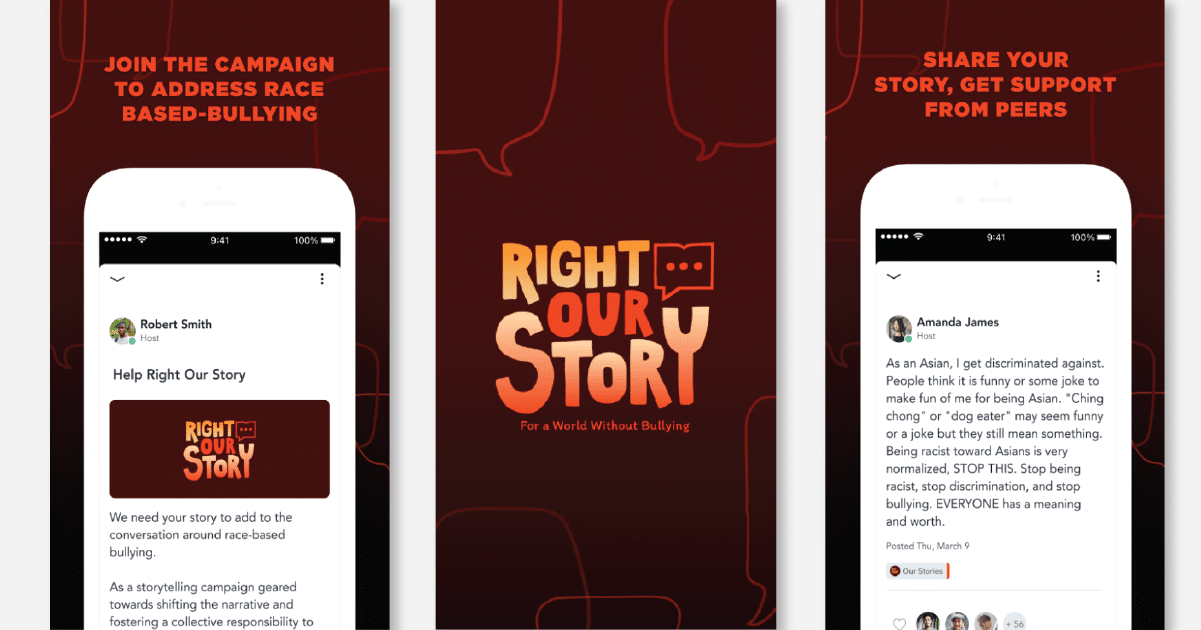
Community is what makes movements last. It gives people warm and fuzzy feelings to keep going when times are tough. It’s the foundation of storytelling and story-sharing and offers the people the power they need to create systemic change.
Relationships make up a strong community and are the core of any successful movement. It’s critical to foster relationships with your audience, but even more so amongst the people who make up your audience, so they feel like a part of something bigger than themselves—and your organization!
Never forget, as a mission-oriented organization, you’re ultimately in the business of connecting people.
Learn more about Media Cause’s nonprofit advocacy services.
The post The Building Blocks of a Digital Advocacy Campaign, Part 2 appeared first on Media Cause.

